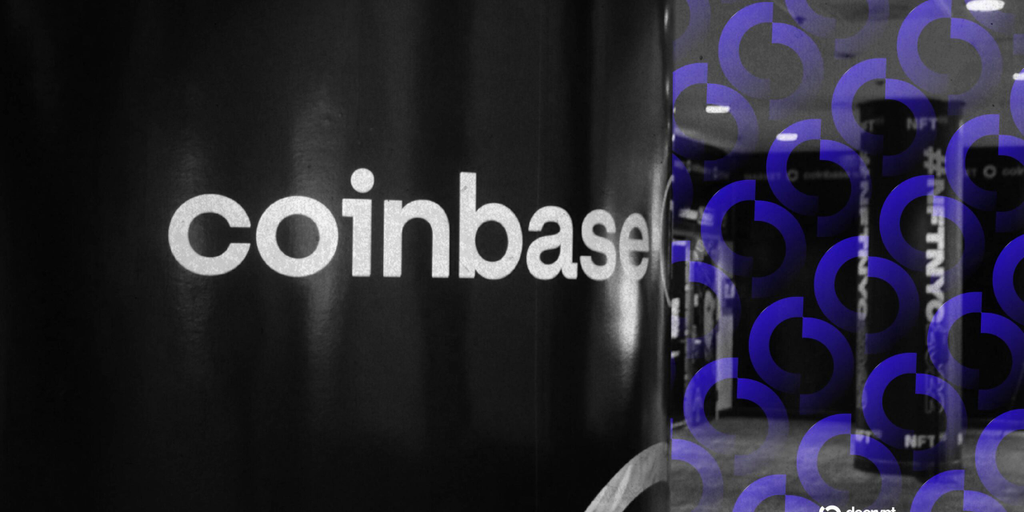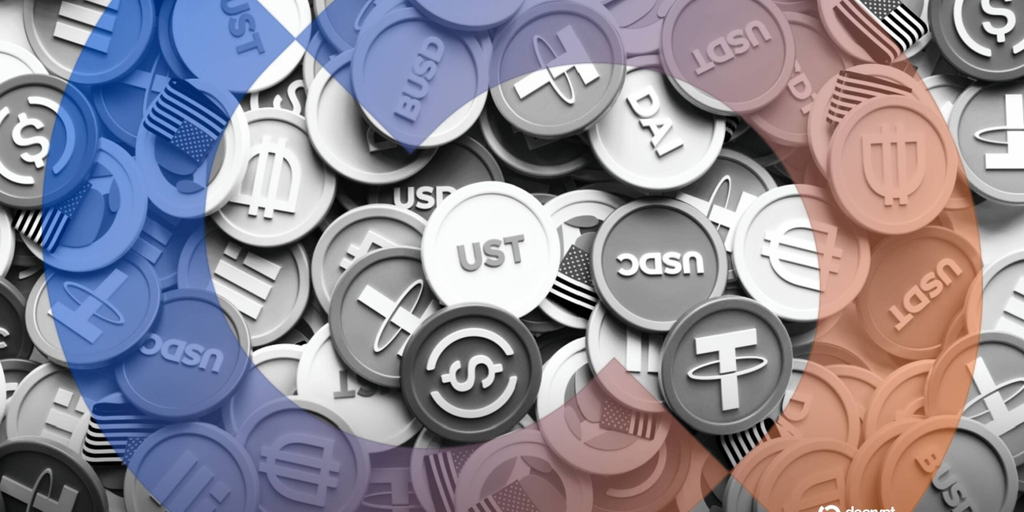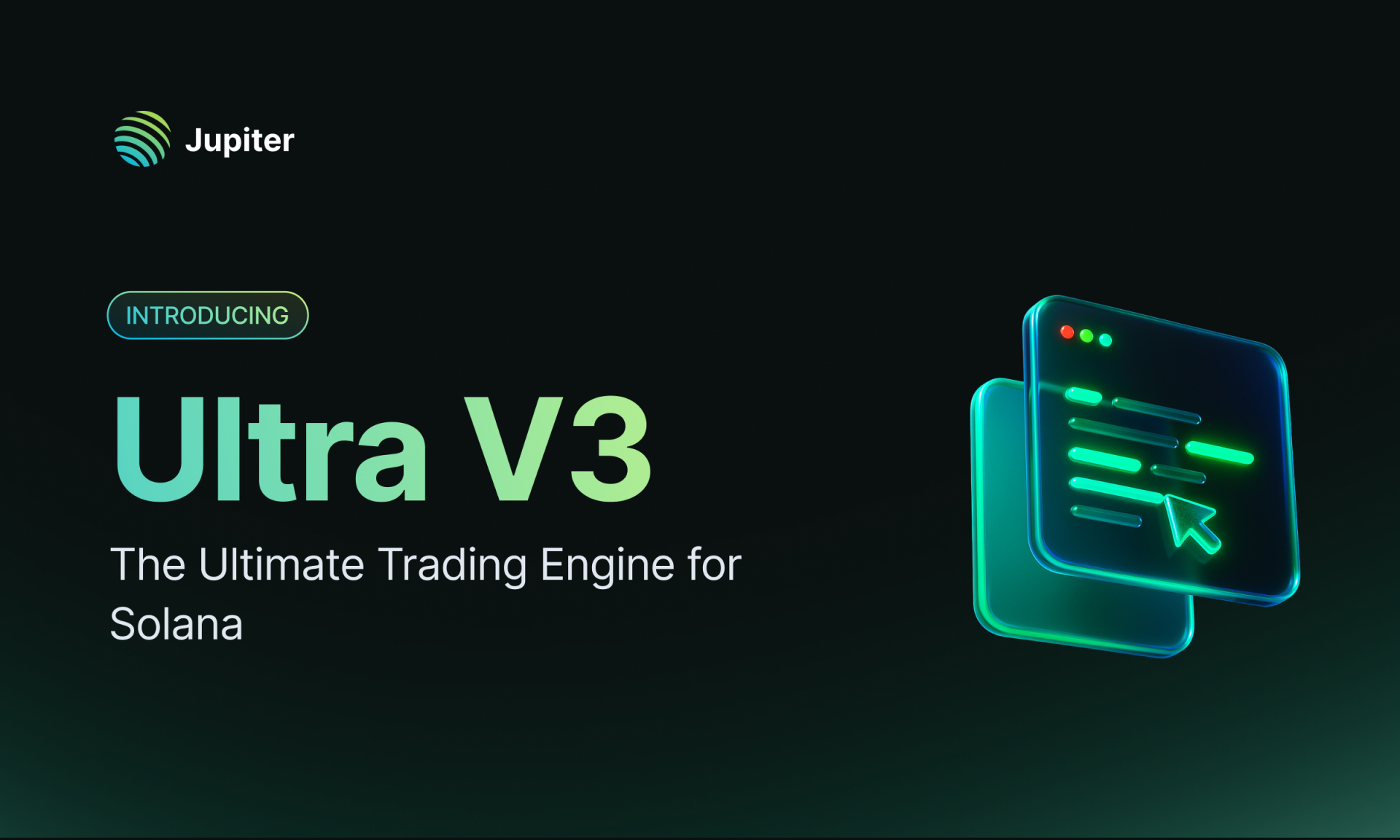In brief
- Coinbase says U.S. AML laws are “broken” and wants Treasury to adopt AI, APIs, and zero-knowledge proofs to modernize compliance.
- The exchange proposes safe harbors for AI use and recognition of decentralized IDs to reduce costly, privacy-risky KYC duplication.
- Coin Center warns traditional AML on stablecoins could create a “CBDC-style panopticon” as Treasury reviews responses for new guidance.
Coinbase has urged the U.S. Treasury Department to scrap decades-old anti-money-laundering rules, calling them obsolete, and to adopt AI and zero-knowledge proofs to fight financial crime in digital assets.
The crypto exchange sent a letter to the Treasury on Friday, responding to the agency’s request for comment on innovative methods to detect illicit activity involving digital assets.
“When bad guys innovate in financial crime, good guys need innovation to keep pace,” Coinbase Chief Legal Officer Paul Grewal tweeted Monday..
Treasury initially published the request in the Federal Register in August.
In a blog post published in August, Grewal wrote that “The Bank Secrecy Act Is Broken. Technology Can Fix It,” saying the current compliance system is “rooted in decades-old requirements that reflect paper-based protocols designed for a financial system” where fund transfers take days.
The exchange has now called for establishing regulatory safe harbors under the Bank Secrecy Act for firms responsibly deploying AI to improve compliance programs, with conditions focusing on governance and outcomes rather than forcing a one-size-fits-all model.
Federico Fabiano, Head of Legal & Compliance at Hex Trust, told Decrypt that “the era of ‘check-the-box’ compliance needs to evolve,” saying that reliance on existing laws may no longer be tenable.
“We must collectively govern the integration of transformative tools like AI, which, powered by the immutable transparency of the blockchain, can finally move AML past the problem of low-value, static data,” Fabiano said, calling the evolution “an opportunity, not a constraint” essential to securing a credible, compliant financial ecosystem.
Coinbase says the high compliance costs pose “formidable barriers to entry for smaller financial service providers, including fintech startups,” and are often passed on to customers through higher banking fees and denial of financial services, particularly affecting low-income customers.
Identifying the problem
Coinbase also urged Treasury to issue guidance clearly recognizing API-driven compliance technologies, including outlining acceptable use cases, data privacy requirements, and interoperability standards.
“The U.S. needs to move on this—now,” Grewal tweeted.
The letter says current rules force Americans to complete new KYC checks for every financial account, sharing their data “with dozens of companies” that must store it for years, creating “honeypots for criminals.”
It urges updating the Bank Secrecy Act to recognize decentralized IDs and zero-knowledge proofs as valid identity-verification methods.
Coinbase further requested that the Treasury publish guidance explicitly recognizing Know-Your-Transaction screening and blockchain analytics clustering as more effective compliance methods.
Coinbase said financial institutions file over 25 million reports to FinCEN each year, mostly on lawful activity, yet “the vast majority never result in a follow-up,” and despite a 2020 law to modernize the system, “little, if any, progress has been made.”
Privacy advocacy group Coin Center also submitted a response, with Executive Director Peter Van Valkenburgh warning that stablecoins on public chains with traditional AML requirements could create a “CBDC-style panopticon.”
Treasury will compile responses into a congressional report for the Senate Committee on Banking, Housing, and Urban Affairs and the House Committee on Financial Services, who will then formulate relevant guidance and legislative proposals.
Daily Debrief Newsletter
Start every day with the top news stories right now, plus original features, a podcast, videos and more.
in well organized HTML format with all tags properly closed. Create appropriate headings and subheadings to organize the content. Ensure the rewritten content is approximately 1500 words. Do not include the title and images. please do not add any introductory text in start and any Note in the end explaining about what you have done or how you done it .i am directly publishing the output as article so please only give me rewritten content. At the end of the content, include a “Conclusion” section and a well-formatted “FAQs” section.








